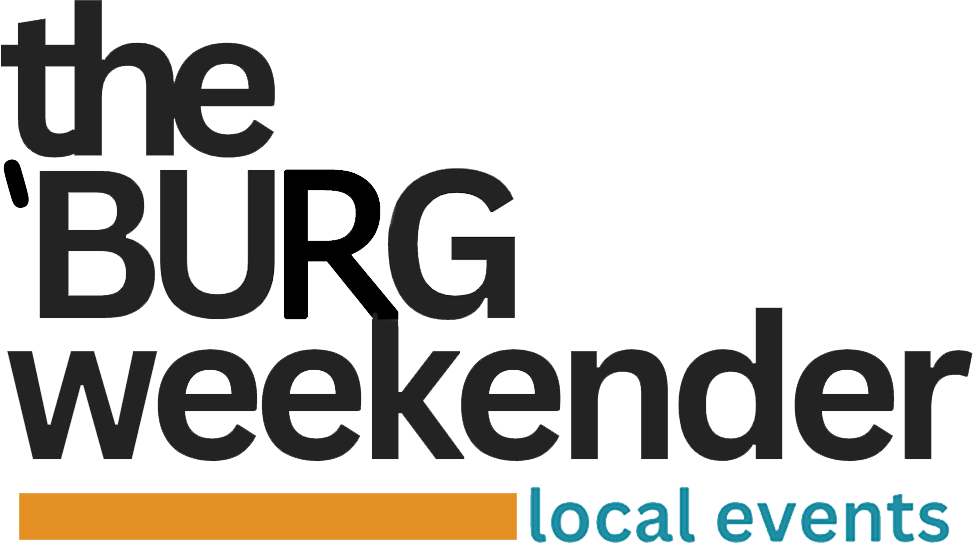More reasons to skip the High Fructose Corn Syrup
 From Pure Facts /Feingold Association
From Pure Facts /Feingold Association
Fructose, as in high fructose corn syrup (HFCS), slows down the brain’s ability to build new connections, which is another way of saying “to think,” and it impairs the ability to remember. These are the findings of research carried out at UCLA and published last year in the May issue of the Journal of Physiology.
But the good news is that a diet rich in omega-3 essential fatty acids helps compensate for the negative effects of the fructose. Earlier research points to HFCS as a culprit in diabetes, fatty liver and obesity. Senior researcher Dr. Gomez-Pinilla, noted, “Our study shows that a high-fructose diet harms the brain as well as the body. This is something new.”
In the same study, omega-3 fatty acids were found to exert a protective effect for people who consume HFCS, particularly those who are prone todiabetes, obesity and high blood pressure. This research points to several things in our Western diet that work together to rob people of their health. These include: consumption of high amounts of HFCS, too many omega-6 fatty acids (as are found in the commonly used vegetable oils), plus a deficiency of omega-3s.
Even more bad news for the corn industry A small study on a link between HFCS and obesity was published earlier this year in the Journal of the American Medical Association. It was led by Yale University’s chief of endocrinology, Dr. Robert Sherwin. Twenty healthy young adult volunteers drank beverages sweetened with either fructose or glucose while scans monitored the activity in their brains. When they consumed the drink with fructose, their brains did not register a feeling of fullness, as they did when the drinks were sweetened with glucose.
Interestingly, not only did the brain scans indicate they were not satisfied, but the volunteers said that after the fructose drink they felt a desire to continue eating.
The research compared fructose to glucose, but neither sugar nor HFCS is composed of only one of these sweeteners. Sugar — known as sucrose — is a combination of half fructose and half glucose, while HFCS is 55 percent fructose and 45 percent glucose. This difference, while small, appears to be significant in the way the body uses the sweeteners. In addition to recommending that people reduce or eliminate their intake of both sugar and HFCS, many health advocates are very critical of agave syrup, which is a highly processed form of fructose. But most are less concerned with the naturally occurring fructose in whole fruit. The one sweetener that does not appear to have any of the problems of the sweeteners above is the zero calorie stevia.
Learn more about Feingold Association: http://www.feingold.org/
Article reprinted with permission from Pure Facts May 2013




































